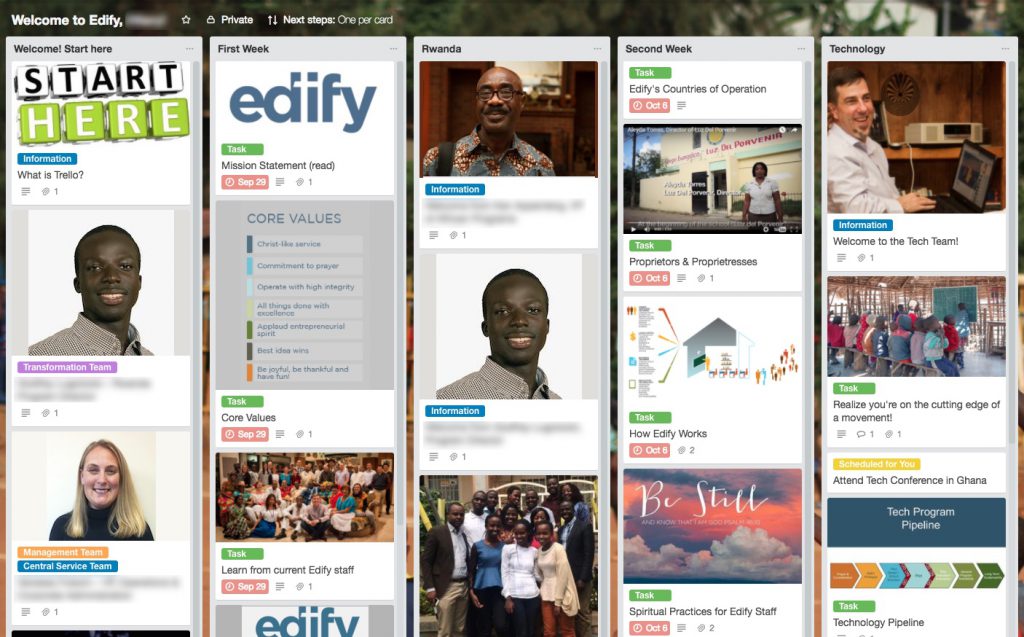I recently had an interesting realization at a regional meetup for the Cayliens in the Western US. With about 50 of our 500 employees attending, I finally met some colleagues face-to-face for the first time. Despite seeing them numerous times on Zoom, the recognition wasn’t as instantaneous as expected. This got me curious about why this happens.
The Face-to-Face Connection
When we meet someone in person, our brains are in their element. We rely heavily on a specialized area called the fusiform face area (FFA) in the visual cortex. This part of our brain is designed to recognize faces, helping us quickly identify friends, colleagues, and acquaintances. The in-person experience is rich with visual and sensory cues that our brains process seamlessly.
Zooming into Virtual Reality
On the flip side, recognizing someone on Zoom is a different ballgame. The flat, two-dimensional screen lacks the depth and nuance of real-life interactions. Our brains must work harder to interpret facial cues, expressions, and body language. It’s like switching from auto-pilot to manual, and it’s no wonder the process feels more mentally taxing.
The Cognitive Load
Have you ever felt completely drained after a day of Zoom calls? That’s the cognitive load in action. Our brains are constantly processing fragmented visual and auditory information, trying to piece together a complete picture. On Zoom, we miss out on subtle signals like body language and spatial orientation, making recognition less intuitive and more effortful.
Why Isn’t It Automatic?
Our brains aren’t just visual processors; they’re social organs. They crave context, depth, and multi-sensory input. In person, we receive all these inputs seamlessly, but on Zoom, our brains are deprived of this richness. Different parts of our brain, such as the prefrontal cortex, which is involved in social interactions and decision-making, must compensate for the lack of sensory data.
Making Virtual Recognition Easier
So, how can we ease this process? Here are a few tips:
- Lighting Matters: Good lighting helps your brain pick up facial features more easily.
- Consistent Backgrounds: Familiar surroundings provide context and reduce cognitive load.
- Regular Breaks: Give your brain a chance to reset and process information.
- Engage Multiple Senses: Use gestures and clear, expressive speech to enhance communication.
The Caylent Experience
At Caylent, a fully remote company with no physical headquarters, we’ve all become pros at virtual interactions. However, this meetup highlighted the importance of face-to-face connections. Meeting colleagues in person after months (or years) of virtual interactions was both exciting and challenging. It reminded me that while our brains are adaptable, they still crave the depth of real-world interactions.
Recognizing someone on Zoom is like meeting an old friend through a window. The connection is there, but it’s not as immediate or rich as face-to-face. Understanding the brain’s role in this process can help us navigate our virtual world more effectively and maybe even cut ourselves some slack when we feel Zoom fatigue setting in.
Feel free to share your experiences and tips on navigating this virtual landscape. Until next time, stay connected and keep those brain cells firing!


 When you think inbox, the first thing that comes mind is probably the one for your email. Try again. How many different inputs do you have that require your attention and effort to review? Here’s a longer (and not even exhaustive) list:
When you think inbox, the first thing that comes mind is probably the one for your email. Try again. How many different inputs do you have that require your attention and effort to review? Here’s a longer (and not even exhaustive) list:  The commute to my office is over 50 miles and even with my workday starting on the earlier side, it currently takes over an hour to get to the office and almost two hours to get home. Fortunately, I am able to work from home three days a week which helps considerably to maintain my sanity. Since the vast majority of IT work can be performed from anywhere, it’s a decent arrangement for everyone.
The commute to my office is over 50 miles and even with my workday starting on the earlier side, it currently takes over an hour to get to the office and almost two hours to get home. Fortunately, I am able to work from home three days a week which helps considerably to maintain my sanity. Since the vast majority of IT work can be performed from anywhere, it’s a decent arrangement for everyone.  Working for a
Working for a  At its most basic, productivity is all about getting as much done as possible in a given period of time. Improving your efficiency is certainly one way to accomplish that; completing a task in less time does let you move on to the next. The problem with that strategy is that you sacrifice the future for the benefits in the present. Whenever I find myself considering a shortcut that I know will have consequences later, I try to think of how I’ll feel and see if it’s still the right thing to do. I refer to it as remembering my future self.
At its most basic, productivity is all about getting as much done as possible in a given period of time. Improving your efficiency is certainly one way to accomplish that; completing a task in less time does let you move on to the next. The problem with that strategy is that you sacrifice the future for the benefits in the present. Whenever I find myself considering a shortcut that I know will have consequences later, I try to think of how I’ll feel and see if it’s still the right thing to do. I refer to it as remembering my future self. 